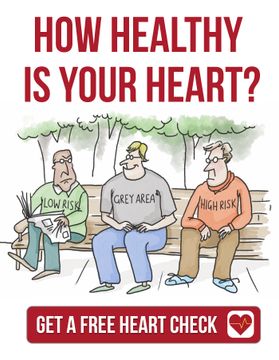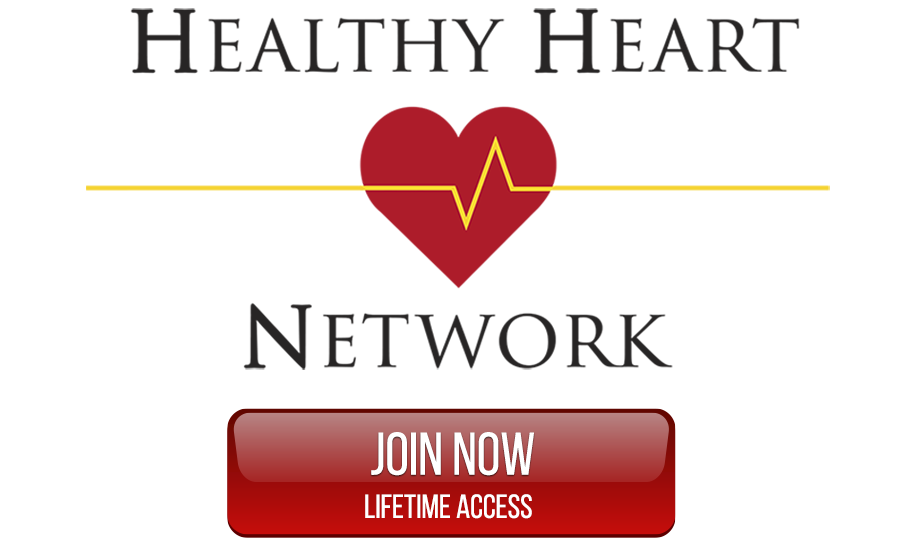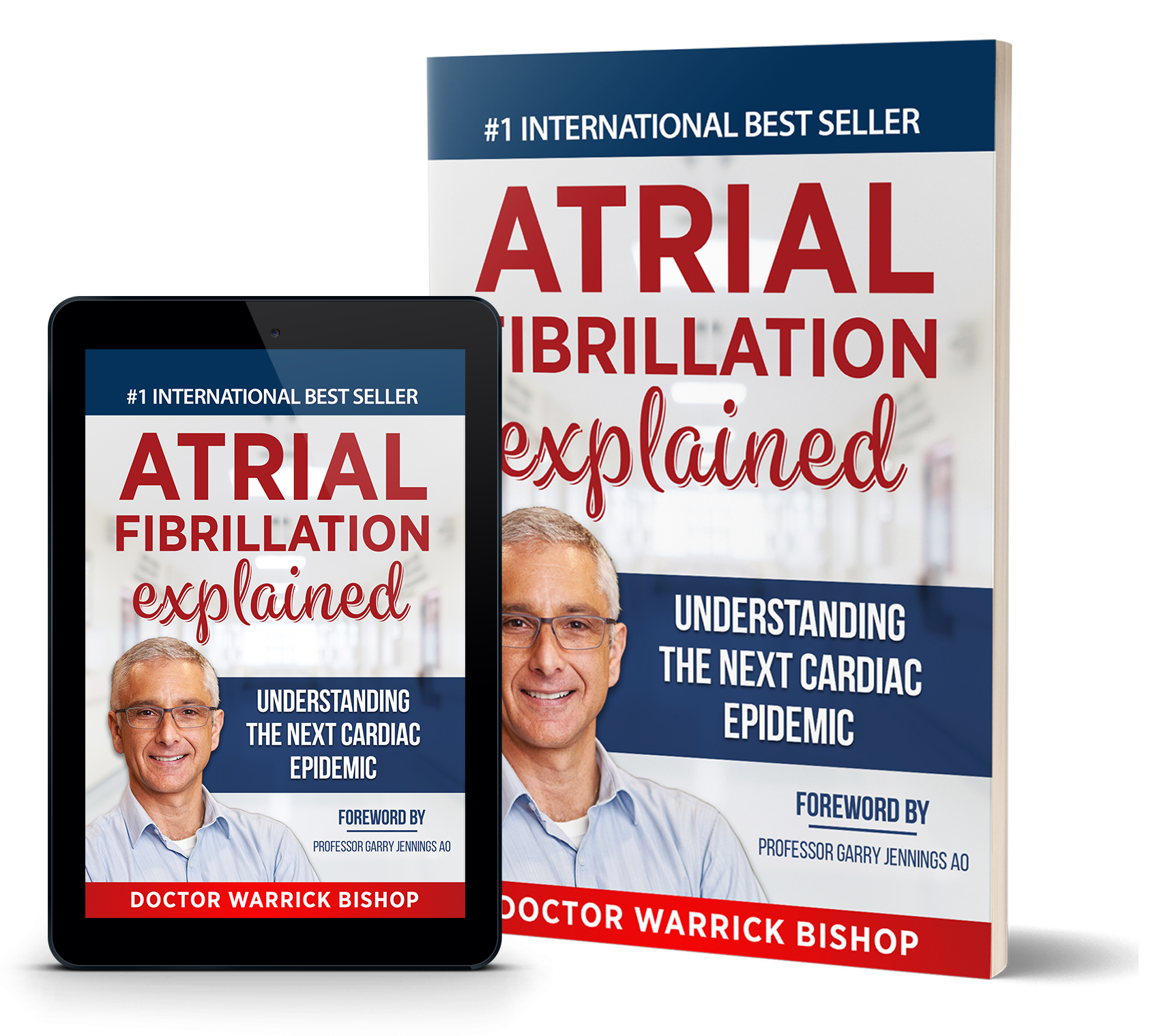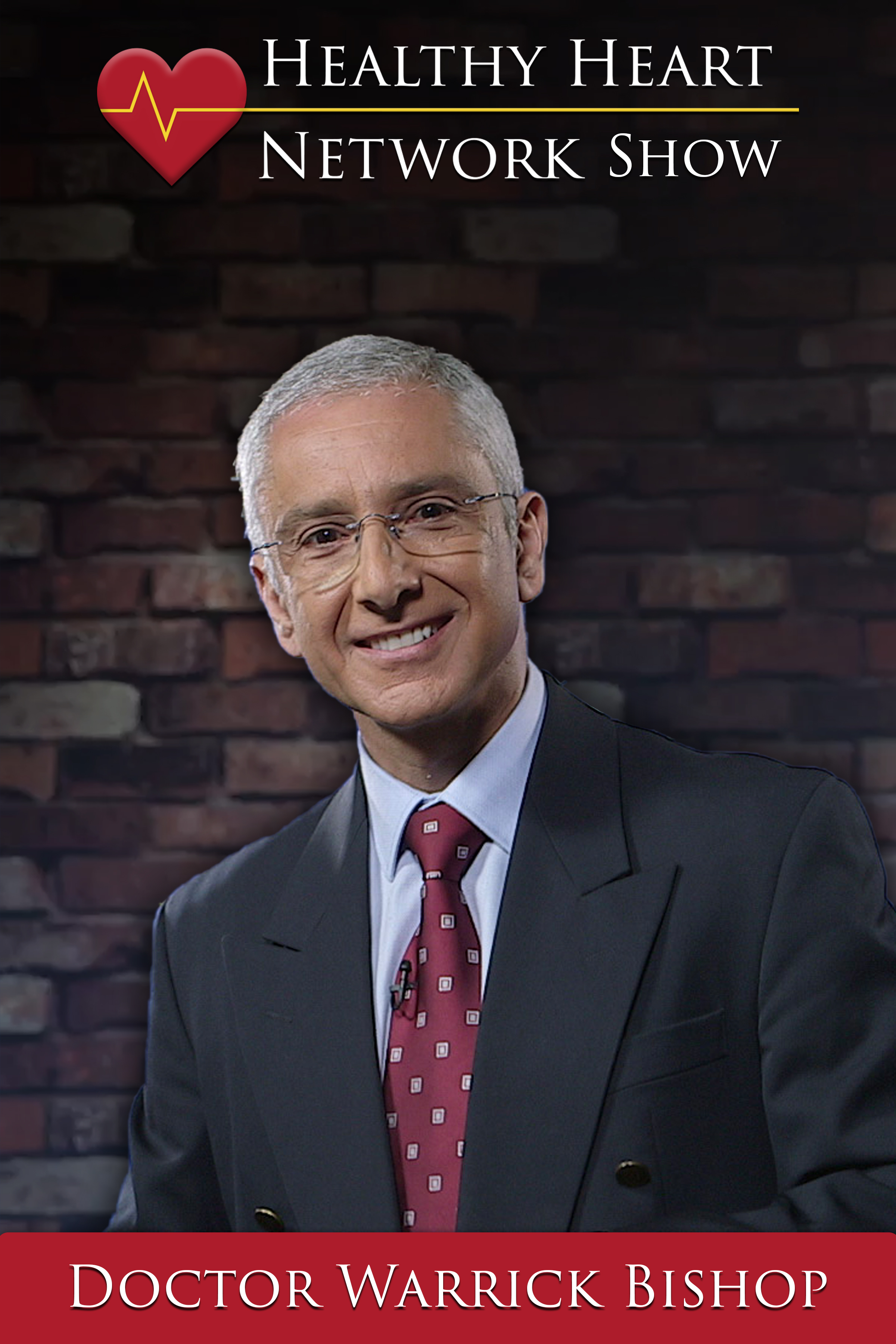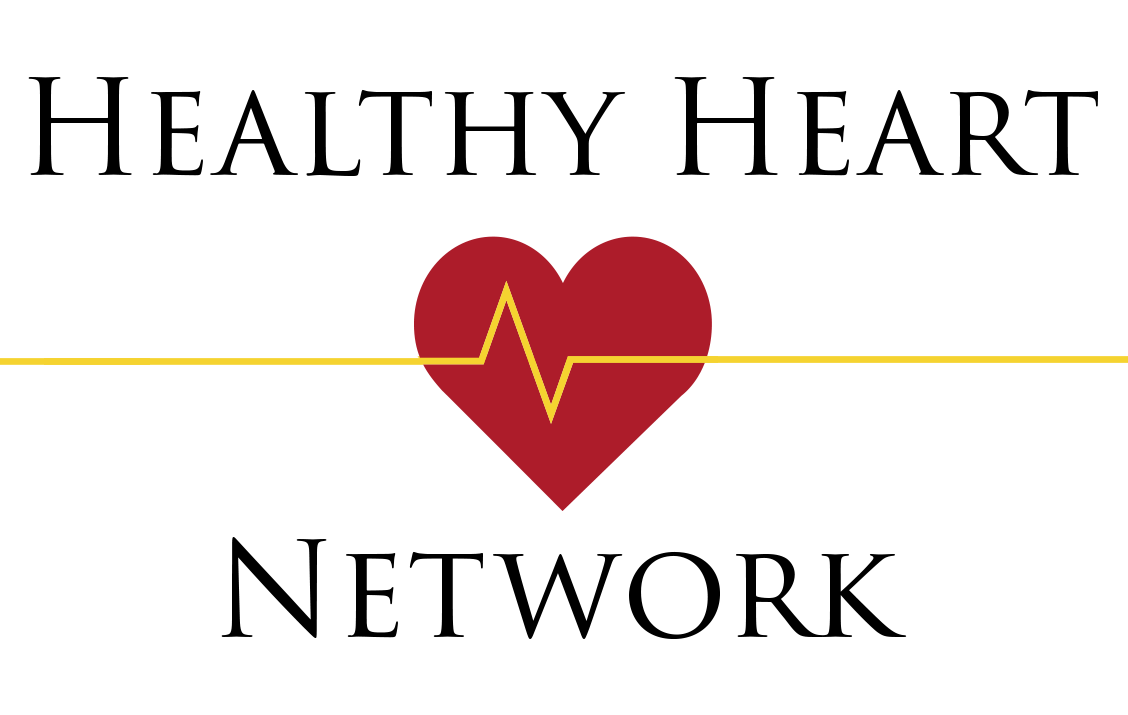1. Your heart is the best pump you have ever owned!
The heart can last for over 100 years without service or maintenance. If it beats at an average of 80 beats per minute, then that is about 4,800 times per hour. For 24 hours, that’s over 115,000 times per day. Then for one year, that is over 42,000,000 times! Therefore, if you live to be 80-years-old, your heart will have beaten over 3 billion times!
2) Your heart can continue to beat outside your body!
As unbelievable as it sounds, each individual cell of the heart has the capacity to contract or beat, and they will continue to beat whether they are outside or inside the body, provided they have an adequate supply of oxygen and nutrients.
3) Your heart does not have direct pain sensors.
You might have heard that some people experience heart pain in their arm or jaw, and this is called referred pain.
Specifically, internal organs, including the heart, don’t have nerve receptors that allow us to directly pinpoint a sensation. Instead, internal organs tend to pick up “general” sensation nerves from areas that are nearby. Consequently, heart pain can be felt in the neck, arm and the chest, and even pain in the back and shoulders in a heart event is generalised rather than localised.
4) Your heart really can be broken due to emotional upset.
There such a thing as Broken Heart Syndrome, also referred to as Takotsubo Syndrome. (Takotsubo is a Japenese word to describe an octopus pot, the shape of the heart suffering the condition.) It is not a Shakespearean myth that was created for Romeo and Juliet; in fact, very severe emotional trauma or stress can lead to all of the features of a heart attack, and people can even die from it. This literal breaking of the heart has been increasingly recognised in more recent years by the medical community as a condition called Takotsubo Syndrome. The syndrome is characterised by severe emotional stress, and it most commonly affects females in mid or later life.
The symptoms are severe central chest pain and are very similar to the symptoms of a heart attack, except in the case of broken heart syndrome, the arteries are completely normal. Nevertheless, when you look at the heart of someone with Takotsubo Syndrome, the apex of the heart stops working for reasons that are currently unexplainable. Thankfully, in the majority of cases, full recovery is possible.
5) Your heart has three main arteries.
This system consists of the right coronary artery and the left main coronary artery. Within one centimetre, the left coronary artery divides into two main arteries: the left anterior descending artery (which provides blood to the anterior surface of the heart) and the circumflex artery (which supplies blood to the back of the heart). The right coronary artery supplies the inferior surface of the heart (or the surface that is nearest the diaphragm). The major arteries are fewer than 35cm in total length, and they are fewer than five millimetres in diameter at their very largest. A single build-up of plaque that leads to a blockage may only be one centimetre in length. This is not a system with a lot of redundancy, which renders it very vulnerable to plaque build-up.
6) Your heart health can be scanned!
In 2017, there is technology that allows us to look at the health of an individual’s arteries. We can use CT scanning and this provides us with the sort of insight that we have only ever been able to dream of before. It can provide valuable information on build-up of plaque in the arteries before any symptoms or problems and can help decide on individual treatment plans. It can be particularly helpful if there is a family history of heart disease, and it can also be helpful for those who don’t respond well to medications.
This is a good topic to discuss with your regular doctor as prevention is better than cure!



